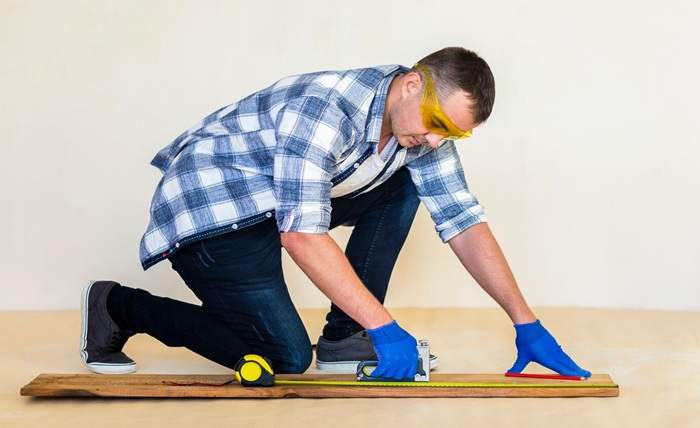
Introduction
Particularly on slopes and places prone to erosion, erosion control matting is a great approach to stop soil loss. It aids ground stabilization so that flora may flourish and shields the land from wind and flood damage. Construction sites, streets, gardens, and riverbanks all use this matting extensively. Correct installation of erosion control matting guarantees long-term efficacy and supports preservation of the natural surroundings. This handbook will coach you through the correct erosion control matting installation process.
Get the site ready
The region should be adequately ready before laying erosion control matting. Clear any trash, big pebbles, or weeds that might get in the matting. Should there be loose soil, level it by smoothing it out. Make sure the ground is compacted in case you are working on a hill to offer a solid basis. Sometimes starting the area with grass or native plants before laying the matting will assist the ground remain more stable and hasten the growth of vegetation.
Select Appropriate Matting
Along with synthetic mats composed of plastic or geotextiles, there are several varieties of erosion control matting available: biodegradable mats derived from straw, coconut fiber, and wood fiber. The decision relies on the slope of the region, soil quality, and anticipated climate. Synthetic mats are better for high-impact locations that need for long-term stabilization; biodegradable mats are perfect for places where plants will eventually take over.
Roll and position the matting
Start unrolling the erosion control matting from top of the slope or region you are covering once the location is ready. Make sure the mat lines up the land’s natural curves. Overlap the matting’s edges by at least six inches if you are covering a sizable area to avoid gaps where dirt can wash away. To provide appropriate drainage and soil protection, matting should be laid facing water flow.
Stow the matting in place
Stakes or anchor pins will help you to keep the matting securely in place. Beginning at the top of the hill, place stakes three to five feet along the mat’s center of action and edges. Particularly in places with strong wind or significant rain, be sure the stakes are deep enough to support the matting. To preserve environmental sustainability if you are using biodegradable matting, select wooden or biodegradable anchors.
Overlap and seals the edges
To stop soil from leaking under the erosion control matting, edges should be properly overlapped and sealed. Lay many layers of matting overlapping at least six inches, then fasteners the seams. To securely install on a steep hill, think about trenching the matting’s top edge a few inches into the ground. This lessens the matting’s movement in strong winds or heavy rain.
Water and area maintenance
Water the area gently following installation to aid in the matting’s settling into the ground. Should seeds be provided, water will also aid in germination. Especially after a lot of rain, routinely examine the matting for any loose sections or indications of displacement. Add additional stakes or replace any broken portions to strengthen weak areas as needed. As flora develops, the matting will organically mix into the terrain to offer long-term soil stability.
Track Vegetation Development
Not only does erosion control matting preserve soil, but it also encourages vegetation. Regular monitoring of the area helps to guarantee that grass or other plants are establishing properly. Should some regions not be growing as intended, think about reseeding those areas to promote appropriate flora. Mature plants will replace their ability to stabilize the ground, therefore lowering the demand for manmade erosion control techniques.
Protecting the ground from erosion depends mostly on the simple installation of erosion control matting. Long-term soil stability can be guaranteed and healthy vegetation development encouraged by well-prepared sites, appropriate matting selection, and suitable site security ensuring. Monitoring and regular maintenance will help it to be even more successful. Whether applied for environmental restoration, building, or landscaping, erosion control matting is a useful instrument in maintaining the natural terrain and stop of soil loss.
